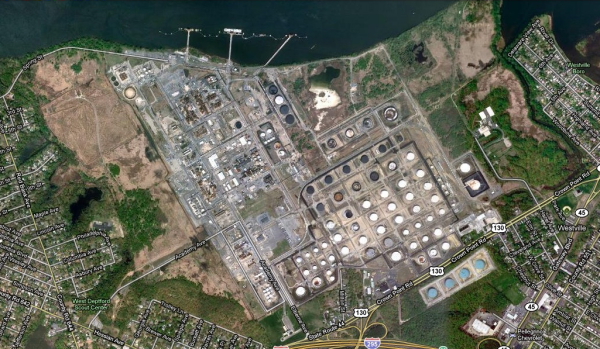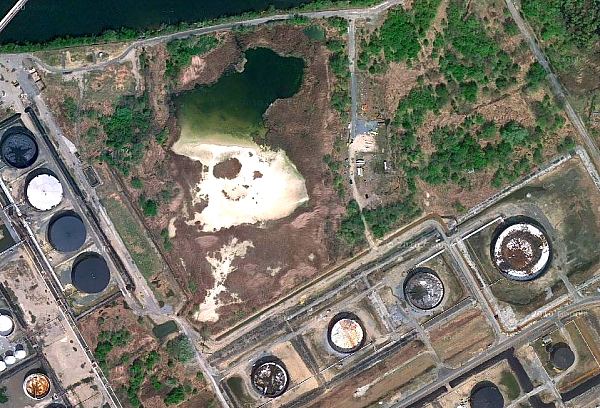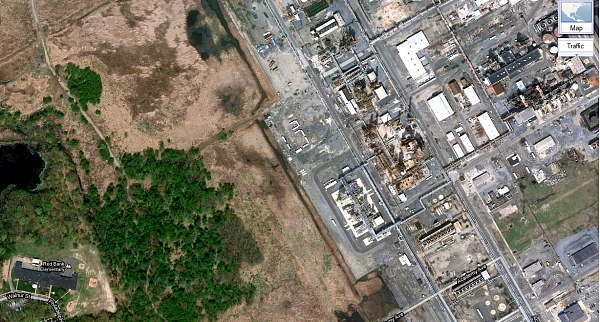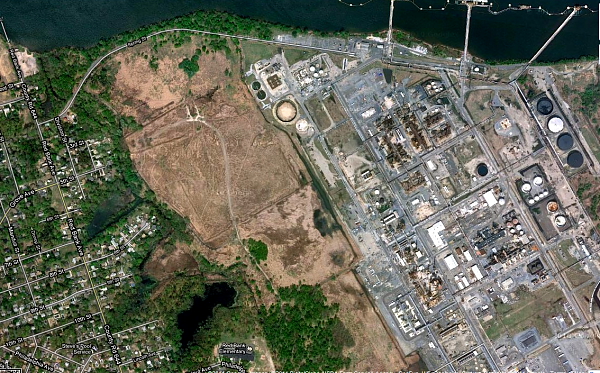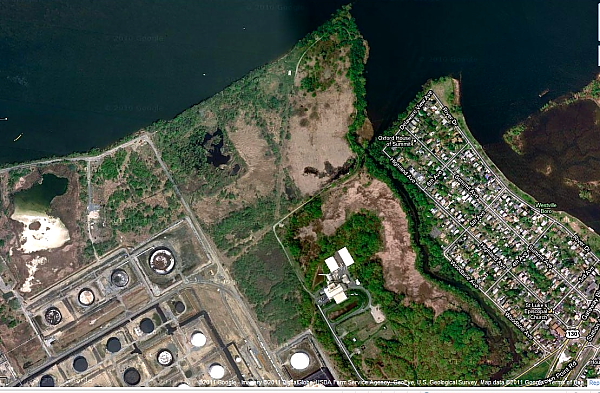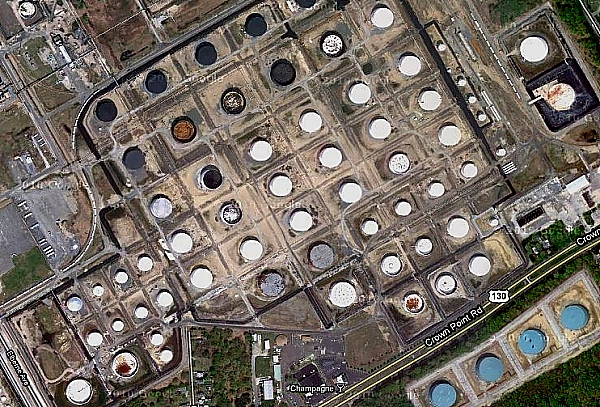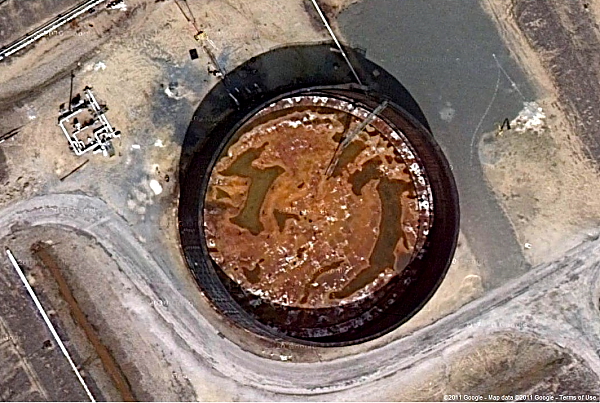EPA Considers Adding Vapor Intrusion as a Risk Factor in Superfund Listing
Equivocal Proposal Suggests EPA Is Stalled After Recent Obama Shift in Policy
Last week, EPA issued a press release announcing a Federal Register Notice seeking public comment on whether EPA should consider public health risks from vapor intrusion as a factor in eligibility for the Superfund cleanup program (my emphasis on “whether” is key – read on).
The EPA proposal was boldly titled: “Potential Addition of Vapor Intrusion Component to the Hazard Ranking Sytem” (emphasis on “potential“).
The proposal went on to ask the public, “if” EPA should, then “how” EPA should do so.
EPA, the supposed experts, provided no substantive details on how they thought vapor intrusion should be considered. EPA provided no timetable for final decision or any commitment to final rulemaking.
EPA merely solicited public comment on a series of questions EPA posed, as if vapor intrusion was some deep unknown or new discovery.
Nonethless, as is typical, the EPA move was reported favorably in the press and praised by citizens and environmental groups as progress (see Bergen Record story Pompton Lakes gets hope from EPA
However, a closer look at the history and current bureaucratic process suggest a very different picture – specifically, that the proposal was snagged by Obama’s recent Executive Order and U-Turn on regulatory policy.
Here’s some strong evidence as to why that is likely to be the case – as in most political and policy matters, understanding the timing and context are important:
Eligibility for Superfund cleanup is established by a risk screening method known as the EPA “Hazard Ranking System” (HRS) – the higher the score the worse the risks. Sites that score above 28.5 points qualify for Superfund.
The current EPA HRS does NOT consider risks from vapor intrusion. (but NJ DEP has even worse flaws – DEP has no priority system in place).
Such a long overdue move by EPA to fix this HRS flaw would qualify hundreds of more contaminated sites for the Superfund “National Priorities List” (NPL), including at least 20 more sites in NJ where toxic chemical vapors are poisoning people in homes, schools, and other buildings (see GAO Report below).
This significant expansion in the Superfund program would cost polluters billions of dollars more in cleanup costs, and comes at a time when the Superfund pot of cleanup money is empty, and efforts to renew the funding are stalled by pro-industry Republicans in Congress (and opposed by Governors like NJ’s Chris Christie, who oppose regulation and demand that environmental agencies to “do less with less” ).
So obviously, there has been – and currently is – fierce behind the scenes lobbying by polluters and anti-governmental zealots to block EPA from doing this.
My sense is that EPA’s “Hazard Ranking System” proposal has, at best, been stalled or relegated to a regulatory purgatory. At worst, the proposal has already been derailed – killed behind the scenes – and amounts to a “dead proposal walking”.
In the latter (and more likely) case, EPA’s Fed. Register Notice would merely be going through the bureaucratic motions to save face and avoid having to ID the corpse and suffer the political embarrasment of having to admit caving to chemical industry and Republican pressure.
As we have written, the Vapor Intrusion (VI) phenomenon is nothing new. For example, EPA proposed VI guidance for toxic site cleanups almost 10 years ago, back in 2002.
Since then, the number of toxic sites where EPA and State agencies are discovering chemical vapors seeping into buildings has expanded greatly, and so has the public outrage those belated discoveries create.
But many of those VI sites are not currently eligible for Superfund because the HRS scoring method fails to consider VI exposures and risks. Thus, those sites were ignored. As a result, many people are being exposed to avoidable VI risks without their knowledge and with no program to fund cleanups.
But despite knowledge by EPA of serious VI problems nationally, for years, EPA never moved to revise the HRS scoring method. Why do you think that is the case? Surely not because of lack of knowledge of these risks by EPA scientists and staff.
In fact, the current proposal to expand the Superfund HRS did not originate within EPA.
In fact, the impetus came not from EPA, but from a recommendation in a critical Government Accountability Office (GAO) May 2010 Report to Congress. NJ featured prominently in the GAO Report and NJ DEP officials were interviwed. DEP estimated the addition of from 15-25 new Superfund sites. GAO found (read the full GAO report here):
EPA regional officials estimated that from 101 to 125 sites – about 20 to 25 sites per year – will be added to the NPL over the next 5 years, which is higher than the average of about 16 sites per year listed for fiscal years 2005 to 2009. Most of the 10 states’ officials GAO interviewed also expect an increase in the number of sites listed from their states. However, neither EPA regional officials nor state officials were able to provide cost estimates for cleaning up many of the sites. In addition, the number of sites eligible for listing could increase if EPA decides to assess the relative risk of vapor intrusion – contaminated air that seeps into buildings from underground sources -a pathway of concern among EPA regional officials and state officials interviewed. Although sites with vapor intrusion can pose considerable human health risks, EPA’s “Hazard Ranking System” the mechanism used to identify sites that qualify for NPL listing does not recognize these risks; therefore, unless a site with vapor intrusion is listed on some other basis, EPA cannot clean up the site through its remedial program.
Based on that finding, GAO recommended:
To better identify potential NPL sites, GAO recommends that the EPA Administrator determine the extent to which EPA will consider vapor intrusion in listing NPL sites and its effect on the number of sites listed in the future.
EPA didn’t initiate, they reacted, to address the negative GAO findings and implement the GAO HRS recommendation. Back in December, EPA released an ” Integrated Cleanup Initiative Draft Implementation Plan“, which was open for public comment through January 10, 2011.
That EPA implementation plan called the VI HRS revision as an action item. The December Plan also suggested that EPA would soon engage in rulemaking to incorporate vapor intrusion risk into the Hazard Ranking System (HRS).
One would assume that after years of experience with vapor intrusion at scores of sites, and following the public comment on the “action items” in the December implementation plan, EPA now would be in a position to propose a regulation – with specifics and meat on the bones – for public comment.
But EPA did not propose a regulation. They proposed a public notice asking “whether” EPA should propose a regulation.
Do a hollow Federal Register Notice that merely asks a set of questions and EPA plans to hold “listening sessions” constitute “action“? Not in my book.
There is a huge difference between an actual regulatory proposal and a notice seeking comment on whether EPA should regulate.
My guess is that EPA got strong political opposition, and is backing off, given the recent Obama Executive Order and U-turn in policy on regulations.
And consider the chronology closely – the timing between the May GAO Report, the December Draft Plan, the January Obama EO, and last week’s proposal – that’s more evidence suggests bureacratic backtracking by EPA.
But if that doesn’t convince you, read the timid, equivocal, contentless, and murky language of the proposal itself – read the full proposal here:
To comprehensively explore, and if determined appropriate, identify approaches for adding the threat posed by contaminant vapor intrusion into occupied structures to the HRS, EPA is beginning the process of soliciting stakeholder input. To determine whether to move forward with this addition, and if so, to determine a range of potential approaches, EPA is soliciting input on the topics described below.
